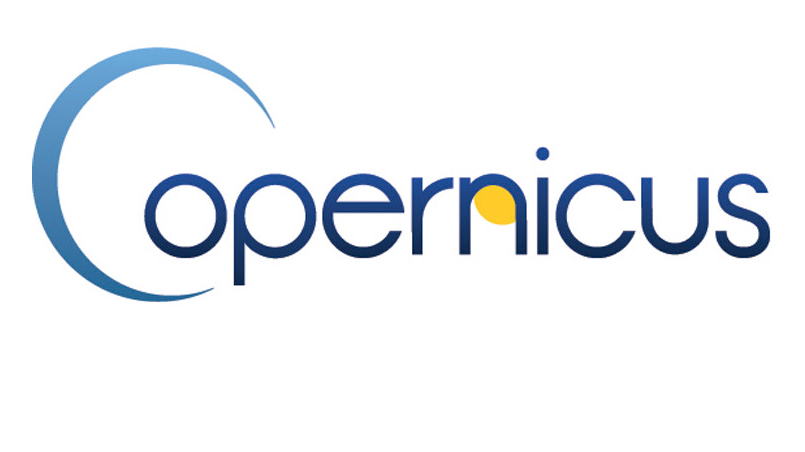The Copernicus Programme

Copernicus - named after the great European scientist Nicolaus Copernicus (1473 - 1543) - is the European Union’s Earth Observation Programme, looking at our planet and its environment for the ultimate benefit of all European citizens. The programme offers information services based on satellite Earth Observation (EO) and in-situ data and is coordinated and managed by the European Commission (EC).
Vast amounts of global satellite data, added by ground-based, airborne, and seaborne measurement systems, are being used to provide information to help service providers, public authorities, and other international organisations improve Europe’s citizens’ quality of life. The information services provided are freely and openly accessible to its users.
Copernicus has been specifically designed to meet user requirements. Based on satellite and in situ observations, the Copernicus services deliver near-real-time global data, which can also be used for local and regional needs to help us better understand our planet and to sustainably manage the environment we live in.
Copernicus is served by a set of dedicated satellites (the Sentinels) and contributing missions. The Sentinel satellites are designed to meet the Copernicus services’ and user needs. Since the launch of Sentinel-1A in 2014, the EU has set a process in motion to place a constellation of almost 20 more satellites in orbit before 2030.
Copernicus also collects information from in-situ observations (such as ground or ocean surface stations). Using sophisticated data analysis and processing techniques, the Copernicus services transform this wealth of satellite and in-situ data into value-added information. Multi-decade historical datasets are made comparable and searchable, thereby ensuring change monitoring. Patterns are examined and used to create better forecasts. Global and regional maps are created from imagery, in which features and anomalies are identified and statistical information is extracted. These value-adding activities are divided into several thematic service streams:
Back to top